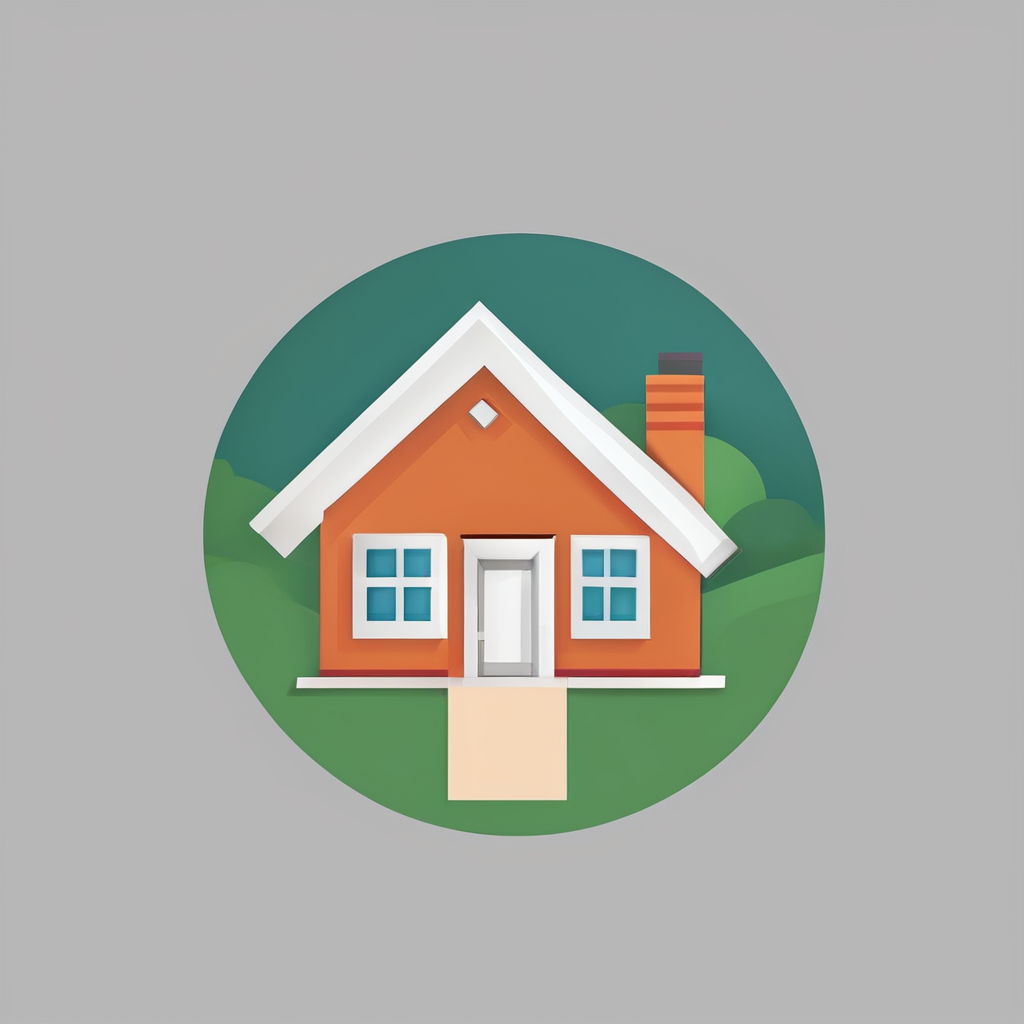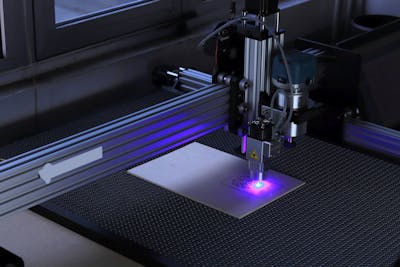Laser engraving transforms everyday objects into personalised works of art with remarkable precision. Understanding the different laser types and their ideal applications unlocks new creative possibilities. Whether customizing metal, wood, or acrylic, mastering techniques and choosing the right tools empowers hobbyists and professionals to achieve impressive, detailed results every time.
What is a Laser Engraver and How Does It Work?
A laser engraver uses focused beams of light to etch designs, text, or images onto various materials with high precision. This page explains it in detail: laser engraver. For beginners, the process starts with digital design software to create or import your desired pattern. The machine then directs a laser to trace the design onto your chosen surface, vaporizing or marking tiny sections as it moves.
In parallel : Green Living Made Easy: A Comprehensive Guide to Greywater Recycling Installation for UK Homeowners
There are several main types of laser engraving machines:
- CO2 lasers: Highly effective for wood, leather, acrylic, glass, and some plastics.
- Fiber lasers: Best for marking and engraving metals or hard plastics with speed and durability.
- Diode lasers: Compact, budget-friendly, and great for crafting or lighter materials like wood and leather.
Common materials suitable for laser engraving include wood, acrylic, leather, glass, metals such as steel and aluminum, and certain plastics. These tools are popular for crafting personalized gifts—such as custom jewelry, engraved coasters, and decorative signage—or for artistic and business purposes across the UK and beyond.
Also to discover : Key legal guidelines and safety essentials for installing a wood stove in your uk home
Choosing the Right Laser Engraving Equipment and Key Features
When choosing the right engraving equipment, prioritize your budget, workspace, and materials you intend to process. Portable vs stationary engravers is a common decision: portable models, such as LaserPecker LP2 and LP1 Pro, are ideal for hobbyists needing flexibility, while stationary engravers from OMTech or xTool, with expansive work areas and stronger laser power, suit larger, more frequent jobs.
Top laser engraver brands—LaserPecker, OMTech, and xTool—each offer professional laser engraving machines with standout features:
- LaserPecker specializes in portable models and signature dual-laser machines, like the LP4, and custom accessories to enhance versatility.
- OMTech’s range covers compact desktop units up to industrial-size fiber lasers, ideal for advanced laser engraving techniques and diverse materials.
- xTool provides hybrid engravers, including the M1 Ultra with blade and pen integration, and rapid industrial models like the P2.
Laser engraver software compatibility greatly impacts operation. Reliable design software such as LightBurn, xTool Creative Space (XCS), or LaserPecker’s LDS Software makes setup easier for both professionals and beginners. For best results and longevity, follow laser engraver maintenance tips, including regular lens cleaning and scheduled cooling periods, to maintain peak performance and minimize downtime.
Applications, Safety, and Tips for Effective Laser Engraving
Versatile Applications for Laser Engraving
Laser engraving supports a variety of materials, making it indispensable for branding and logos, detailed decor, signage, and functional product customization. Specialists rely on diverse wood engraving techniques to create textured effects, achieve contrasting finishes, and even render photographic images on wooden surfaces. Metal engraving with laser excels for serial number marking, jewelry personalization, and durable labeling on steel and aluminum, delivering sharp, consistent results. Acrylic, glass, and certain plastics also lend themselves well to intricate designs, expanding the creative potential for businesses and hobbyists.
Safety Precautions for Laser Operation
Attending to safety precautions for laser operation is fundamental. Always set up in a well-ventilated area and wear protective eyewear suited for your laser wavelength. Ensure flammable materials are absent from the workspace. Regular checks of machine enclosures and exhaust systems reduce health risks when engraving.
Tips to Optimize Speed and Quality
Enhancing laser engraving speed optimization ensures production efficiency without sacrificing detail. Start with recommended settings for each material, then run small test patches. Fine-tune speed and power ratios for each pass, especially when refining wood engraving techniques or metal engraving with laser. Clean lenses and surfaces routinely, and keep software and firmware updated for consistent, high-quality engraving results.



